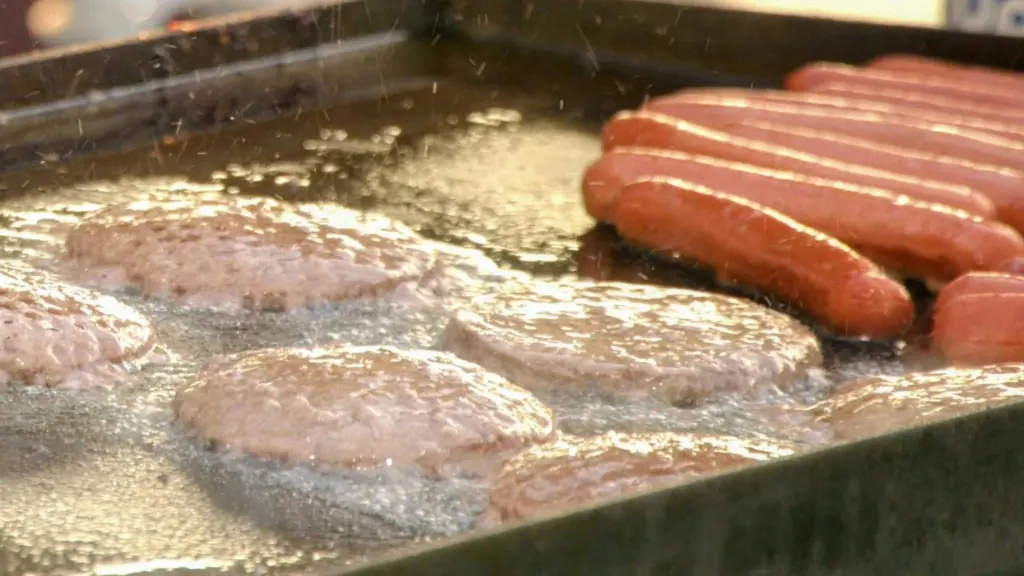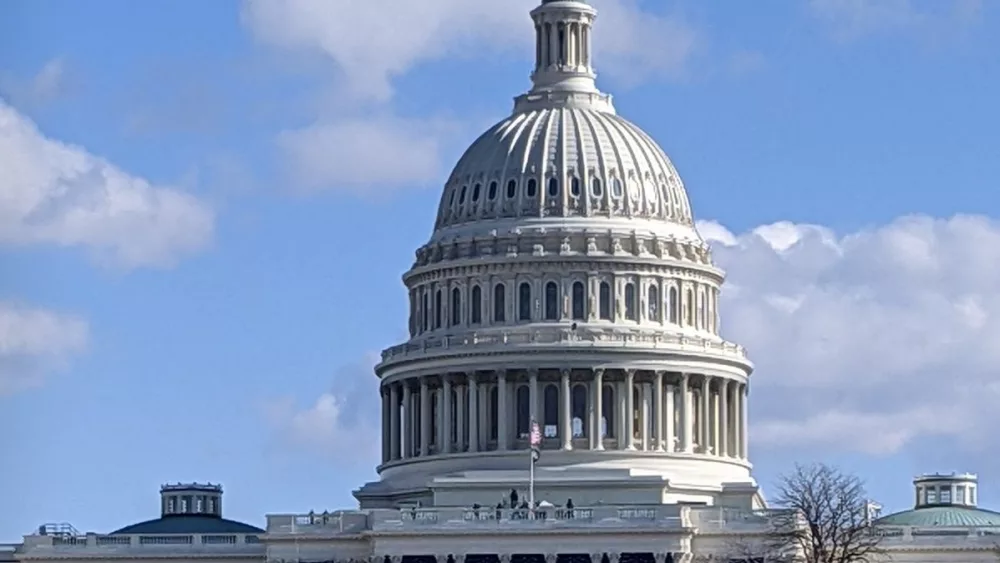WASHINGTON, D.C. – The average cost for a 10-person Fourth of July cookout will cost $70.92, which is 30 cents less than last summer, but the second-highest cookout cost since 2013, when the American Farm Bureau Federation began its annual survey on the topic.
Beef, canned goods and hand-picked crops have the highest price increases from last year, due likely to low domestic cattle inventory, aluminum tariffs and the cost of labor.
The American Farm Bureau survey assumes a gathering of 10 people who will consume: cheeseburgers, chicken breasts, pork chops, potato chips, canned pork and beans, fresh strawberries, homemade potato salad, fresh-squeezed lemonade, chocolate chip cookies and ice cream.
Canned pork and beans had the steepest increase, 8.2% or 20 cents, from last year. The bureau said labor costs along the supply chain and steep tariffs on aluminum are likely to blame.
Homemade lemonade will also cost 20 cents more per pitcher this year, and strawberries 8 cents more per pound, due to a continued trend of high labor costs in the specialty crop sector.
The cost of ground beef also increased to $13.33 for two pounds, which is nearly 60 cents more than the $12.77 cost in 2024. While normally a crowd favorite, it will cost families nearly $20 to make 10 cheeseburgers this weekend, according to the survey prices.
U.S. cattle herd size has been declining since 2019, and the U.S. Department of Agriculture reported the 2025 herd size was 8% lower than 2019 herd. The amount of beef imported to the U.S. has also gone up in the time frame.
Pork chops, on the other hand, had the largest decrease in price from last year. Three pounds of pork chops this weekend should run consumers about $14.13, which is nearly 9% less than the cut cost last year. The survey concludes this is due to high domestic pork supplies.
The cost of chicken breasts declined slightly from last year’s cookout prices but the cost of eggs increased, which made potato salad about 20 cents more expensive this year. Poultry have been affected by the ongoing highly pathogenic avian influenza, which has caused fluctuating prices as the supply chains are impacted.
Since January, U.S. has imported about 10 times the amount of shell eggs it imported in the same period in 2024 as part of the administration’s plan to combat the bird flu. Wholesale egg prices have declined by more than 60% since January, but the American Farm Bureau report shows the cost for consumers for just four eggs is up 54% from last summer.
The bureau survey also breaks prices down by region and found cookouts on the East Coast are the cheapest this year at $63.79, followed by the south who can feed a party of 10 for $68.93. Gatherings in the West average at $73.50 and Midwestern gatherings come in as the second most expensive at $69.87.
Farmers not pocketing fair share, advocates say
Consumer increases don’t necessarily mean higher prices for farmers, however. On average, farmers and ranchers receive about $0.16 per consumer dollar spent on food, according to the latest “Farmer’s Share” report from National Farmers Union.
Rob Larew, the organization’s president, said it’s important to highlight the “growing imbalance” in the food system.
“Family farmers and ranchers are working harder than ever, yet taking home less, while corporate monopolies in processing, distribution, and retail rake in record profits,” Larew said. “Farmers deserve a fair share of the food dollar, and consumers deserve a food system that works for everyone, not just a handful of powerful corporations.”
According to the report, a rancher takes home $2.08 on a one-pound package of ground beef sold for $5.99. A lettuce farmer gets an even lower cut, receiving about 8.2% of the consumer dollar.
Consumers also feel like their dollars don’t stretch as far. According to the latest food and farm index from Iowa Farm Bureau, price is the number one factor for Iowa shoppers as they fill their grocery carts, even as more consumers say they want to buy locally raised products.
Christopher Pudenz, an Iowa Farm Bureau economist, said price changes in Iowa-grown commodities “mostly reflect” supply and demand cycles.
“The Fourth of July is, of course, a celebration of our freedom but also a celebration of the American spirit, one embodied by our nation’s farmers,” Pudenz said in a press release. “Despite challenges like rising costs and weather impacts, Iowa farmers continue to do what they’ve always done—work hard, adapt and provide for American families.”
This article was first published by Iowa Capital Dispatch.





